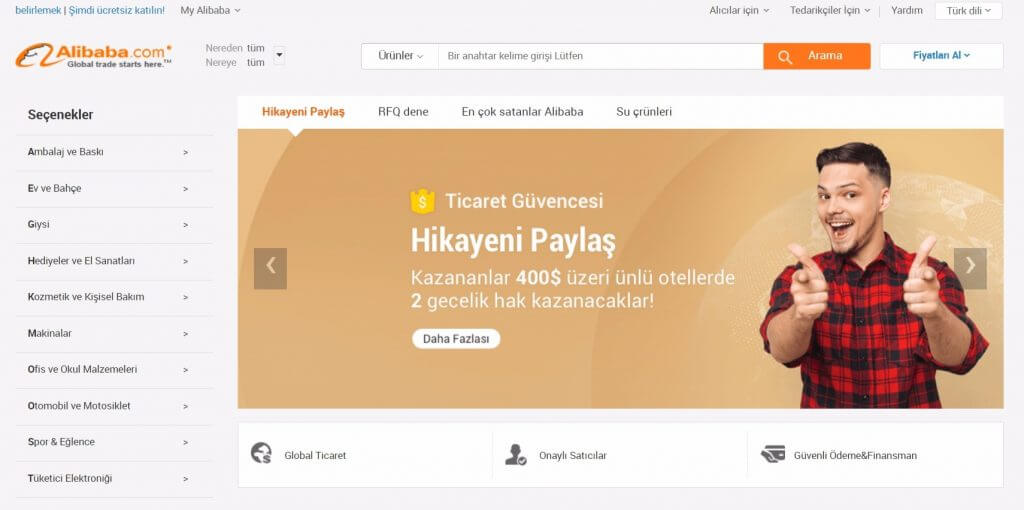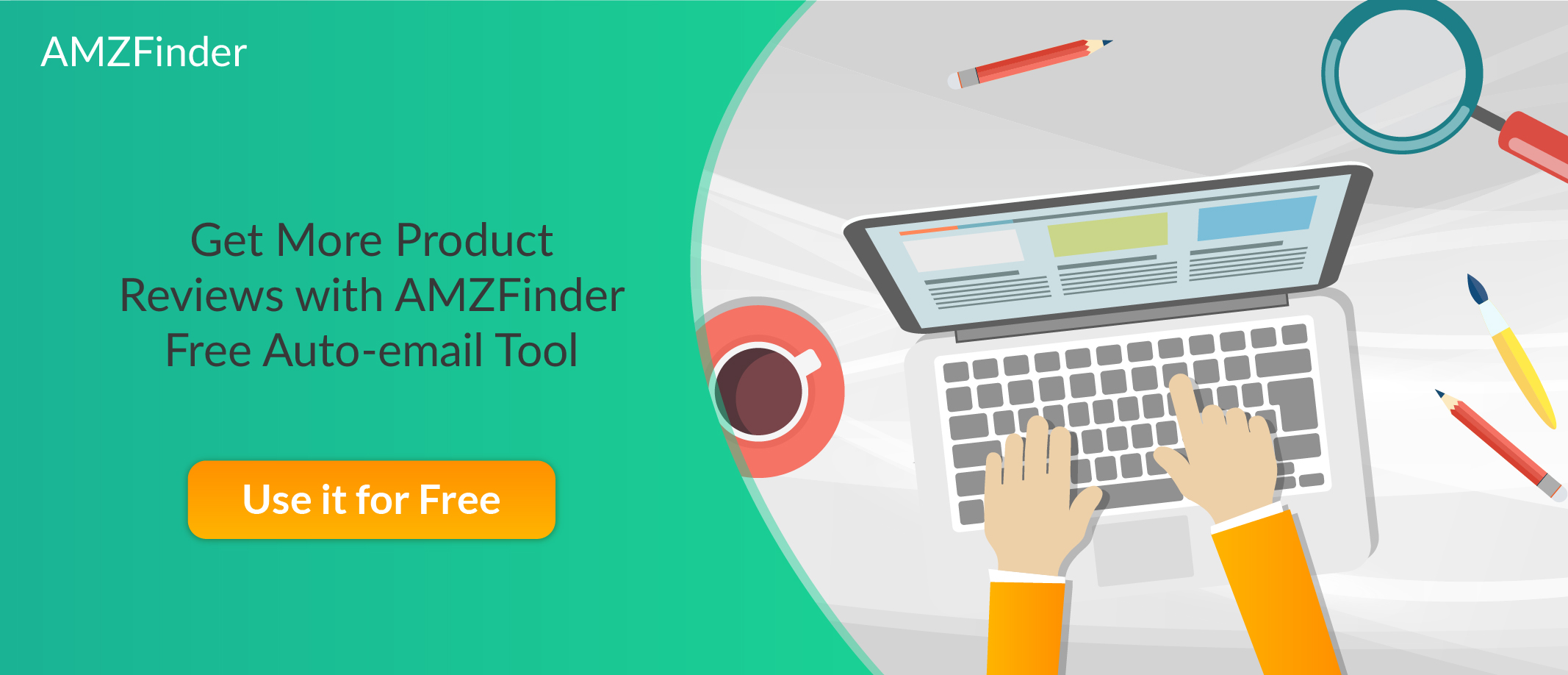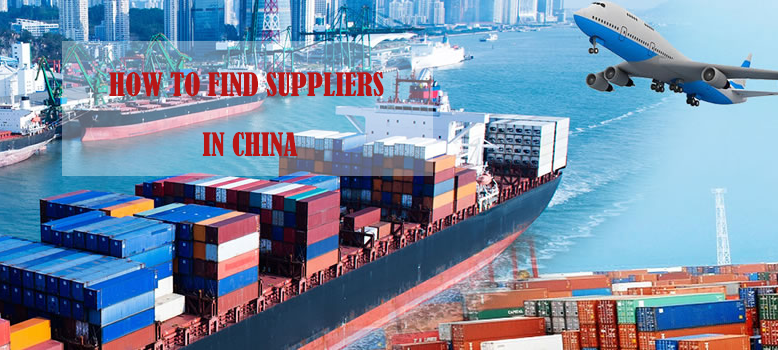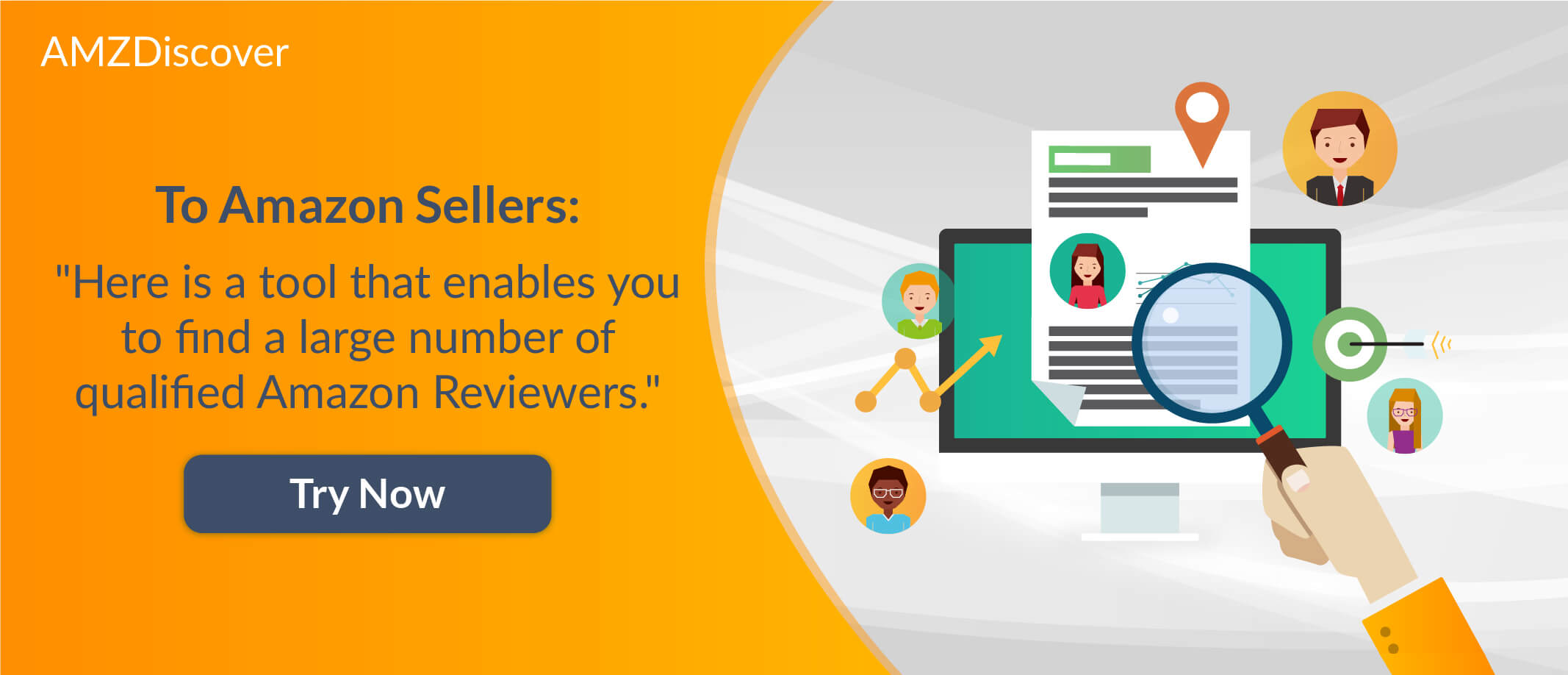The Fulfillment by Amazon (FBA) program has created one of the most exceptional business opportunities for sellers in and outside the United States. The most profitable way of harnessing this opportunity is to import from China.
It is not easy to find a manufacturer in China who is dependable — this is where the challenge lies — and for many aspiring entrepreneurs, this is one hurdle they never get to surpass.
Outsourcing for Amazon sellers entails a lot of research, so we’ve put together this guide to help you on your way to becoming the next Amazon FBA success story.
Some platforms to find suppliers in China
The key to finding the right suppliers is research. There are many factors that should influence your decision during your research such as buyer review, business age, expertise, supplier experience, lead times, and more.
If you pick the wrong suppliers, your experience will be bad and the cost could set your business back.
Chinese suppliers are business partners, and partners can be your greatest asset or your worst nightmare. Will you take on just anyone as your business partner?
The same care you would take in choosing your business partner is the same care you should take when choosing a supplier to guarantee a productive and efficient relationship as your business grows.
Take some time and focus on your research for a reliable supplier: it’s worth it. There are three major platforms that will help you get started.
I will discuss these in detail and list out their pros and cons to help you make an informed decision.
1. Google

Google is the simplest and most cost-effective way to start your search for suppliers in China. Searching with Google will help you find manufacturers and suppliers who are active on the internet.
In the last few years, we’ve become accustomed to finding what we need on Google, but, some suppliers in China haven’t kept up with the internet and may not have a website. You want to reach potential suppliers who have an online presence as well as a reputation to protect.
To get started, just visit Google and search for the name of the product you want to order, in addition to certain keywords like “wholesale,” “manufacturer,” or “supplier.”
If you’re looking for “BB guns” for example, try “BB guns supplier in China” or “BB guns wholesale in China” and so on.
You need to do some extensive searching, using a variety of keyword combinations. Here’s a good list:
China supplier + product
manufacturer + product in Chin
supplier + brand name of the product in China
wholesale + product in China
Alibaba + product
Alibaba + brand name of the product
bulk + the product in China
bulk + brand name of the product
- Easy to get started no signing up required
- View online reviews of the supplier
- It’s completely FREE
- Segmentation by keywords, products, and province
- Some suppliers are not listed
- Requires more time and energy
2. Alibaba

The most common reason to source from Asia, and in particular China is to take advantage of the low production costs.
Most people will find a product on Alibaba with ease, but this popular business directory also lists manufacturers who offer products at rock bottom prices.
However, if you don’t know how to search for a manufacturer, you can easily get burned or end up wading through a sea of unreliable suppliers.
It can be difficult to differentiate actual manufacturers or just agents looking to get a middleman cut. But with the below strategies, you will end up with a list of good suppliers to work with.
Shortlist your suppliers by region
You should create pre-qualification criteria that will help narrow down your list of prospects. This should be based on the specifics of your product, supplier requirements, and region where your ideal factory is likely to be.
Primary design, specifications, materials, minimum order quantity (MOQ) and maximum spend are some of the factors that you can use to create your supplier list. But it is better to start with the factory location.
There are different regions in China and each has special production categories. In most cases, suppliers are clustered in Guangdong province, but you may find that you need suppliers from other areas.
Shortlist your suppliers by products specs
Now that you have narrowed down to a region or province, you should search the area using keywords that are specific. For example, instead of using a broad term like “leather belts”, choose a feature that you want and search for it; “snakeskin leather belts”.
By searching for particular specifications and features, you are reducing the list of suppliers to those who will have the products that you are looking for.
Shortlist your suppliers by trust badges
Now that you have a region and suppliers that fit your needs, you should limit your research to the companies that are genuine.
On Alibaba, the best way to determine this is to choose companies with badges. There are three trust badges: Trade Assurance, Gold Supplier, and Assessed Supplier.
A supplier with a Trade Assurance badge is part of Alibaba’s dispute resolution program. This means that if there are any issues with your transaction, you can submit a claim and get a refund if they find in your favor.
Gold suppliers pay Alibaba for a badge and this can be positive or negative. It shows that the business cares about its public image, but because the badge is not earned, the supplier might not truly understand customer satisfaction.
Last is the Assessed Supplier badge which is important for those who want to deal directly with the manufacturer and cut off any middlemen. Assessed suppliers are those whose factory has been physically assessed by Alibaba.
You can filter the results by selecting any of these badges or a combination of two or more badges.
Now that you have created a shortlist, you can either contact the factories or narrow your list some more.
Depending on the numbers you have on the list, I would recommend looking at more factors like:
- The supplier’s website or social pages
- Time listed on Alibaba
- Time as a Gold or Assessed supplier
- Product description and photos
- Their quality control process
- Other product listings
- Company’s license and registration verification report
You can create a list of 20-40 suppliers based on these factors and make contact. You will have to compare price, MOQ, production time frame and other important factors to narrow down to your suppliers.
Finally, request for samples of the product and make your decision based on the actual products you receive. Whew!
The process appears to be long-winded, but it is the best way of plowing through the thousands of Chinese suppliers on Alibaba down to your single choice partner.
- Low-cost manufacturers
- A large number to choose from
- Offers a claims system
- Third-party factory vetting
- Smaller MOQ
- Too many agents and scammers
- A high rate of low-quality products
Read also: Alibaba Review: All You Need To Know Before Sourcing

3. International Trade show

Finding suppliers who are not listed on Alibaba is like striking gold. If you successfully find one, you’ve eliminated a large bulk of your competition.
These types of suppliers usually have exclusive products that no one else is selling on Amazon and often many of them can be found in Chinese Trade Shows.
Trade shows are especially valuable because you may find some suppliers who have products not yet in the market, build relationships instantly, meet other vendors like freight forwarders, FBA inspection, etc. You also get to see your product sample and can place your order immediately.
Your supply process might require some extra services and attending a trade show is a great way to find such service providers. You’ll discover vendors for services you didn’t even know existed.
There are some tips that can help you find the right companies at a trade show. See below:
Do some pre-show research
It helps to know who will be attending the exhibitions. A few days before the show, examine the profiles of all exhibitors and make a note of the suppliers you want to meet. There are usually direct inquiry forms to help buyers make contact more easily. You can use this form to arrange a meeting a few days in advance.
Investigate suppliers
Do your due diligence and research the suppliers you are interested in meeting. Find out if it’s their first show or whether they’re seasoned exhibitors.
Stay Organized
At the trade show, you’ll walk away with tons of brochures and business cards. So to stay organized, it is recommended that you make notes of all your favorite suppliers so that you don’t lose track of the important ones.
- Access to new products
- Easily establish trust between buyer and suppliers
- Access to product sample
- Face to face ordering
- Language barrier
- Cost of attendance
- Stressful
Things to Consider when Importing from China
After choosing your supplier, you will still need to deal with other aspects of your import like freight forwarders, customs and so on.
What courier service is best?
In a lot of cases using a small parcel service like DHL or UPS is your best option. You must decide if you need a courier or freight forwarder.
For orders less than 150 kg and with a commercial value less than $2500, a courier can handle your shipping needs. But, if you have special goods or items that are subject to governmental regulation, you may need a broker to do clearance.
Consumer Product Safety Commission.
Ultimately, choosing a supplier with experience will save you time and headache because they already understand what it takes to make the products compliant with regulatory bodies such as the Consumer Product Safety Commission.
If your goods are seized because of quality issues, there is very little you can do. So take this into consideration when choosing a supplier.
Customs
Also, if your supplier informs you that US Customs does not require any information that your freight forwarder has requested or if you are told to claim a lower invoice amount than what you actually paid, I suggest that you confirm the information before ordering.
As the importer, you are fully responsible for the cargo, not the supplier. So please ensure that the products are allowed into the US and do your due diligence before investing in bulk purchases.
Obviously, there is a lot of forethought that goes into importing and outsourcing for Amazon sellers.
But you can save yourself a lot of hassle and money when you are well-informed about your suppliers, products, and the process.
You may also like:
How To Ship Product To Amazon FBA Warehouse
Amazon Product Sourcing Tips: Top 11 Websites for Finding Suppliers
18 Tips To Promote Amazon Products Inside and Outside Amazon
A Complete Guide to Choosing an Amazon Freight Forwarder
Step-By-Step Guide to Start Amazon Private Label Business


Leave a Reply
You must be logged in to post a comment.